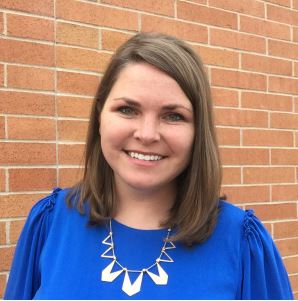Will multisensory math stick? Four Factors to predict success
“How can I know that multisensory math will work for my child?” “I’ve tried other programs, how can I determine how my child will progress with multisensory math intervention?” There are four factors that help predict the speed at which remediation occurs.
Will Multisensory Math intervention help math stick?
Find out here!
But first, a quick thank you for reaching out! We’re sure this new diagnosis of dyscalculia, dyslexia, 2E, etc. explains much about your student and you are looking for direction. Many tutors and programs such as Mathnasium and Kumon focus on mastery-based learning alongside rote memorization which does not work for students with dyscalculia. Maybe you’ve experienced that? We are mindful at MFM about what has to be ‘mastered’ and whether that involves understanding as well as recall.
Related: Is math causing pressure and noise in your family? A minute-long story!
This is why our program focuses more on the understanding piece of teaching using the multisensory math method
because when a student truly understands a concept, it’s easier to apply it to other areas of math. See for example the understanding of Greatest Common Factors, to simplify fractions in these two math lessons: Here, and then Here!
Our approach draws from the cauldron of Common Core Standards to guide our progression and instruction so that students can apply what they’re learning inside the classroom. It’s not that we don’t spend any time working on topics your child is currently working on in school, rather we do our best to blend those topics together with our goals. The methods we use are classroom-friendly and accessible to students because they are based on the research.
Related:You can read more case studies HERE
Our math specialists honor the age of the student as much as they can. For example, if a student can add 2 + 3, then they can also add 2/5 + 3/5, and also 2x + 3x.
When you collaborate with us, we have the freedom to backfill as much as possible. Many of our students have deficits even in 9th grade with foundational knowledge such as place value which we purposefully go back to and re-teach. The motivation behind this is that grade-level content such as exponents (which is another type of place value) makes no sense to them if they don’t have the foundational concept of place value. We do take into account the grade your student is entering. Everything is tailored to your student.
To gauge how quickly a student advances in their performance is definitely specific to the student. There are many factors that will predict the speed at which remediation occurs with the multisensory math methods:
(1) The severity of dyslexia and/or dyscalculia and age of identification
Students diagnosed later than 5th grade take longer typically to remediate. Math is sequential in nature which is why we have to go back to sometimes first-grade content before we can leap forward.
(2) Consistency in Instruction
It’s important that students receive a consistent type of instruction. Multisensory math is best.
If your child has experienced several types and approaches to math from various programs, this may cause them to feel confused for a bit but as they engage consistently, they’ll start to feel the momentum of the sessions.
RELATED: If you are forced to choose between reading and math remediation, choose reading first, then come to us later! We like these guys!
(3) Math Anxiety
Some of our students are so anxious that they can barely come to the computer. This can take a month or two for students to overcome. In extreme cases, if we find that high levels of math anxiety are getting in the way we will stop sessions and recommend therapy to help with more coping skills than what we can teach students. Most of our students are anxious but the older students can feel the difference in our instruction fairly rapidly and they come eager to work.
(4) Motivation
The student has to want to be here with us. Students that are older sometimes are so wounded by their academic experience that coming to work with us is the lowest priority they have in life.
Our assessment will help us pinpoint the starting point and gauge how severe the math anxiety is as well. We’ll start with lower concepts in game form and possibly administer one standardized test based on how the games go.
Well, there you go!
- Severity
- Consistency
- Anxiety
- Motivation
Four clues that help predict the speed at which remediation occurs! The fact that you’ve made it this far in the article speaks to your care and desire. That will go a long way as well!
MFM Authors

Matthew Lyda
Multisensory Math Specialist
Matthew is a Blue Belt in Shotokan Karate, a happy husband, wilderness lover, drummer, and a voracious reader! He works with students one:one as well as in group classes.

Adrianne Meldrum
CEO
is the Founder and CEO of MFM. She is a certified teacher with over a decade of experience tutoring middle and high school students in math. Adrianne’s goal is to bring multisensory math to as many students as possible.
